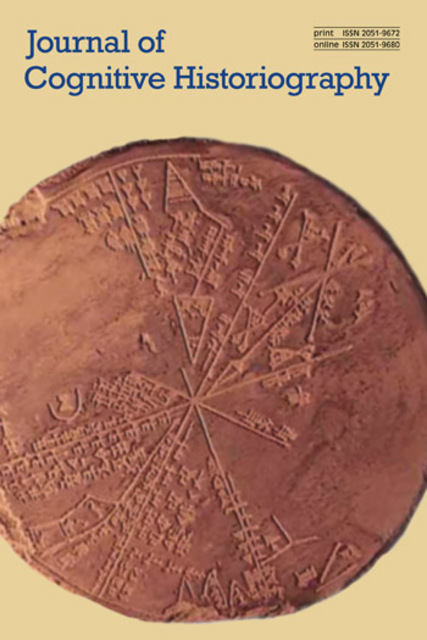Flipping the Political Scale: Spatial Cognition and Changes in Diagrammatic Representations of the Swedish Party System in Civics Textbooks, 1900–2020

Full description
This article investigates spatial representations of the political system in Swedish civics textbooks, 1900–2020. It challenges common assumptions about the spatiality of politics, such as the analogy between parties representing the upper classes and the right. Instead, the investigation reveals a complicated history, which includes a sudden shift in polarity of the political spectrum in the 1980s. Then, the political right finally moved to the spatial right in diagrams of the political system, after having been placed to the left for most of the 20th century. The article also discusses how diagrammatic representations of the party system changed in the 2010s, as democracy was perceived to be under threat and new dimensions emerged in politics. These puzzling empirical findings are analyzed with the help of theories on spatial and diagrammatic cognition, such as primary metaphors and spatial agency bias.
- typeImage
- created on
- file formatjpeg
- file size104 KB
- container titleJournal of Cognitive Historiography
- creatorJanne Holmén
- issn2051-9680 (online)
- issue8.1/2
- publisherEquinox Publishing Ltd.
- publisher placeSheffield, United Kingdom
- rightsEquinox Publishing Ltd.
- volume
- doi
We use cookies to analyze our traffic. Please decide if you are willing to accept cookies from our website. You can change this setting anytime in Privacy Settings.
